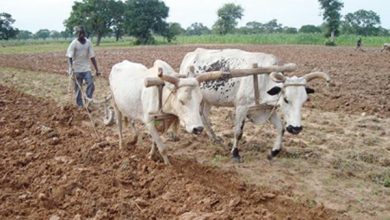The white eggplant: How to save a vegetable in extinction?
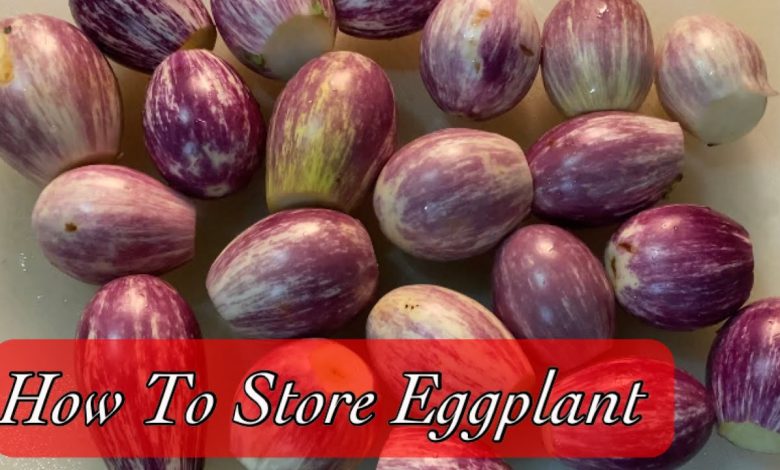
Hello to all agrohuerters! In today’s article we are going to talk about a very special vegetable: the white eggplant. Normally, we are used to seeing the purple eggplant in the supermarkets and markets of our cities. However, thanks to recovery and protection projects for this variety, we can be lucky enough to enjoy it. Next, we tell you all the curiosities about this crop.
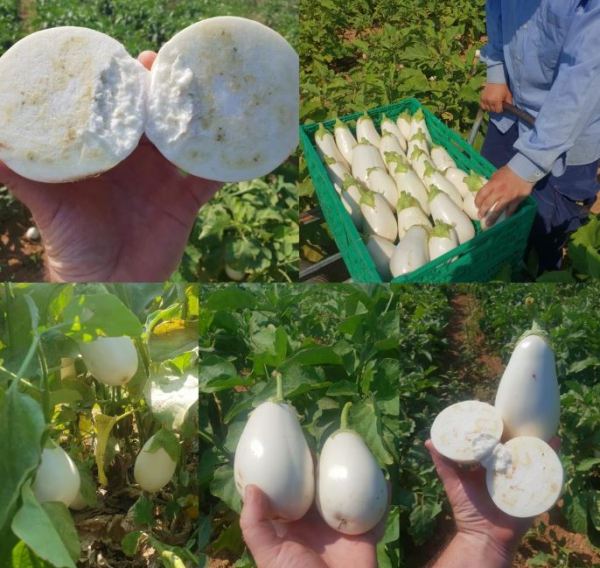
1. Origin of the white eggplant
The eggplant (Solanum melongena) belongs to the nightshade family and is an annual herbaceous plant. This vegetable comes from India and is currently, together with China, one of the largest eggplant producing countries. Its name comes from the Arabic word » al-badhinjan «.
At first, as with other crops, it was not widely accepted in society as it was associated with certain diseases. However, over the years it has been cultivated in many countries around the world until it is currently one of the most consumed vegetables.
Specifically, the white aubergine is a traditional variety from an area of Barcelona called Bages.
2. Characteristics and differences with the purple eggplant
- The white eggplant has a sweet flavor, milder than that of the purple eggplant.
- The growing cycle is shorter.
- The energy content is low since 90% of this vegetable is water.
- It presents a smooth and shiny skin. It can present several colors: purple, white, purple, black, yellow, red, etc.
- The white eggplant is usually somewhat smaller and more convex than the purple one.
Next, you can see in the image some white eggplant plants:
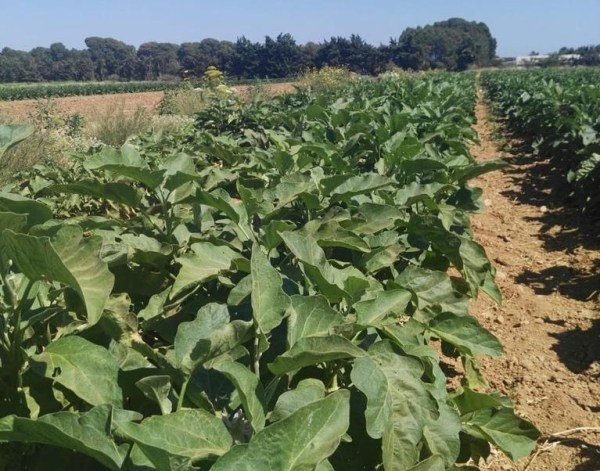
3. Eggplant recovery projects
The white eggplant is special as it is a crop that suffered a drastic decline during the 20th century and was on the verge of disappearing. However, thanks to local projects they managed to recover it.
Starting in 2009, the Alícia Foundation, together with the Bages Hospitality and Tourism Guild and the Bages Despensa (formed by the County Council and the Manresa City Council) contributed to the re-introduction of this crop in the markets and restaurants.
Today Carrefour has again launched a crowdfunding campaign in Spain to protect white aubergines by marketing them exclusively. Carrefour’s own customers have been able to finance this project (estimated at 3,000 euros) and that money will be returned to them in the form of a savings check and a basket of aubergines.
Carrefour has relied on Verdcamp Fruits, a fruit and vegetable company from Cambrils, in charge of producing this vegetable, and on the crowdfunding platform “ lánzanos.com ”.
4. How to grow white eggplant step by step
Once we know its history and its characteristics, we will learn how to cultivate it in our gardens.
4.1. Sowing
After a good preparation of the land we will be ready to sow our aubergines. Sowing is usually done at the end of May.
The distance between the plants will be 80 to 90 centimeters and the distance between rows approximately 1.20 centimeters.
On the contrary, if you don’t have a garden you can also grow them in pots as long as they are larger than 25 centimeters in diameter. If you want more information on how to grow in places with little space, you can consult this article: Garden in planters: how to make a garden in little space.
4.2. Crop needs
Once our crop begins to develop, we must pay attention to the following points:
- The aubergine plant supports high temperatures well, its optimal temperature being between 25 and 30 degrees.
- It needs a lot of light to develop, so we should not place it in shady places in the garden.
- Irrigation needs vary depending on the state of the plant. Just after planting or transplanting, the needs will be greater (always without flooding the soil). Then we will pass to more spaced irrigations until the moment of flowering and fruit emergence that we will water every two days or daily.
- During the growth of the plant it is important to remove the suckers and rinse them to promote aeration and light entry.
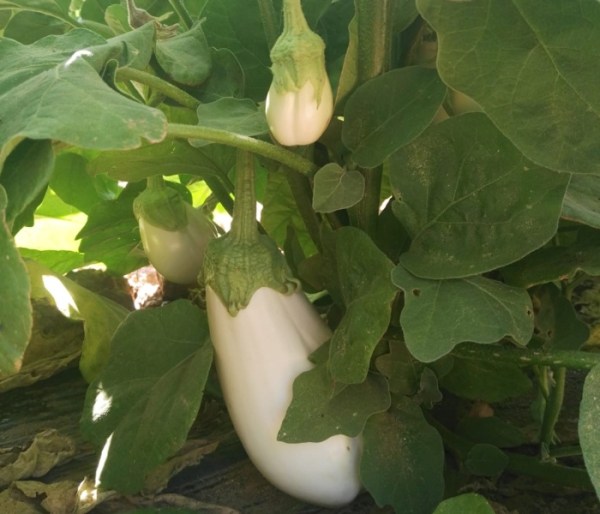
4.3. Major pests and diseases
Eggplant is not spared from pests and diseases. I am going to leave you here a list of the most important pests and diseases of the eggplant but if you want to know them in more detail you can read the article where we talk specifically about all of them.
Eggplant pests:
- potato beetle
- caterpillars on eggplant
- Aphids (Aphis fabae, Aphis gossypii, and Myzus persicae)
- Whitefly on eggplant leaves
- Red spider
- flower thrips
- Nematodes (Meloidogyne, Heterodera,…)
Eggplant diseases:
- Eggplant downy mildew
- Alternaria or black potato
- verticillium wilt
In addition they can also have virus problems.

4.4. Harvest
Finally, the right time to harvest our plants will be in late May or early June. A trick to know if our aubergines are ripe or not is to sink your finger a little into them. If the aubergine is ripe, when you plunge your finger it will recover its previous shape. The size of the eggplants does not indicate maturity.
Once harvested, they will be ready to be part of all your delicious recipes. Has anyone already tried them?
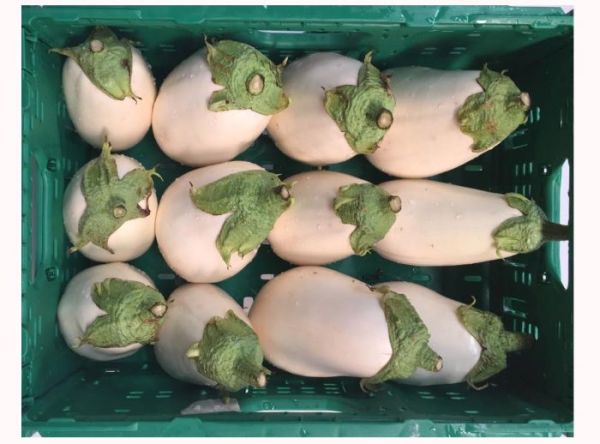
5. Recipes with white eggplant
We cannot finish the article without thinking about eating our aubergines, so here are some ideas to taste them:
- Stuffed with cheese and bolognese sauce
- Baked with melted cheese
- Fried and with honey
References
- Crowdfunding project for white aubergines on the Lanzanos platform.
- White aubergine recovery project in Carrefour.
- Company in charge of producing the white aubergine: Verd Camps Fruits.
- The white aubergine is reborn in Cambrils. Tarragona Newspaper. (July, 2019)
This is all for today agrohuerters, I hope you have liked this article about the white eggplant and that from now on you will have the opportunity to grow it in your garden or try it in a restaurant.
See you in the next article!


![Photo of Aquatic Plants: Types and How to Care for Them [Complete Guide + 10 Examples]](https://www.complete-gardening.com/wp-content/uploads/2022/08/aquatic-plants-types-and-how-to-care-for-them-complete-guide-10-examples-390x220.png)
